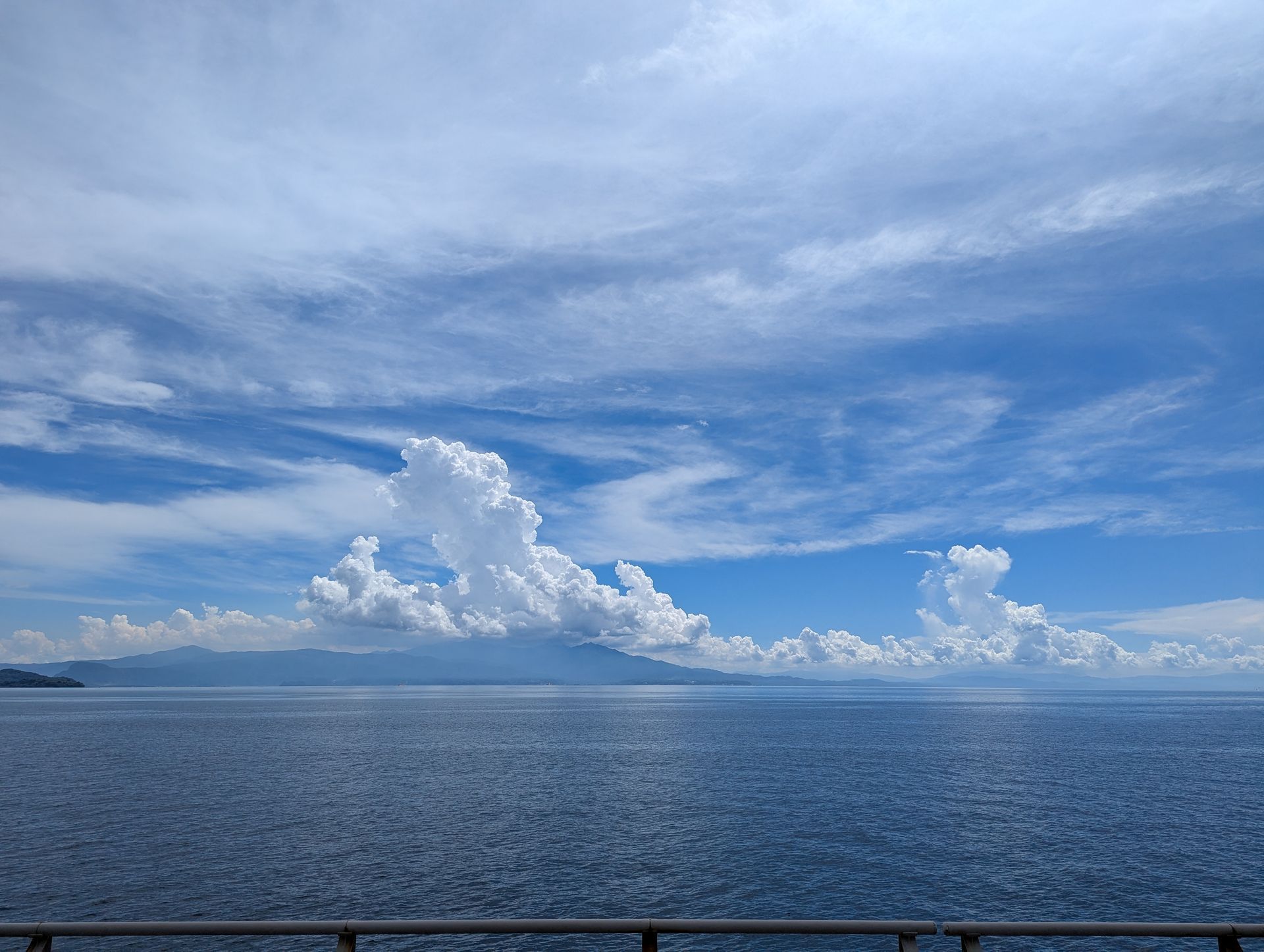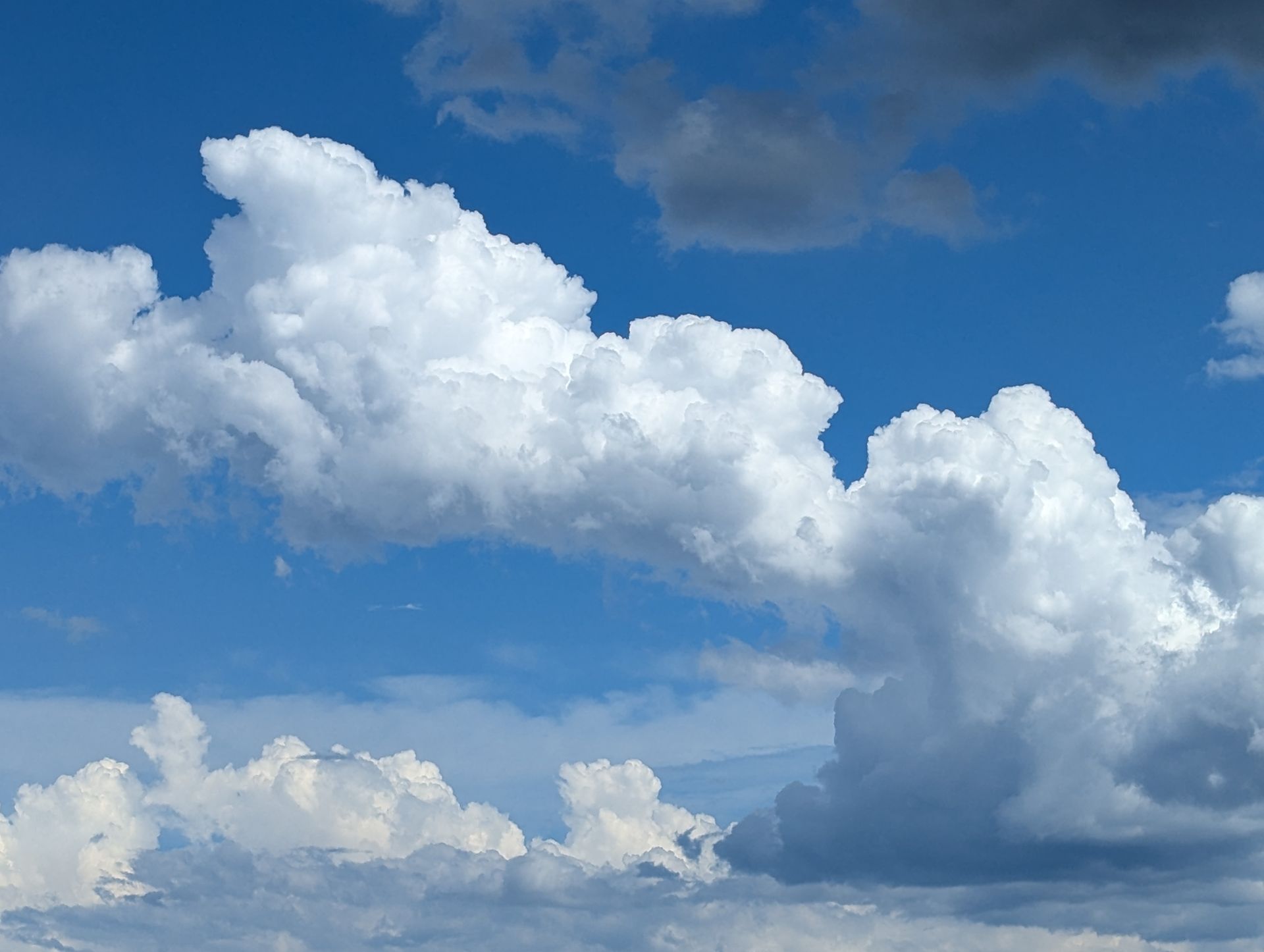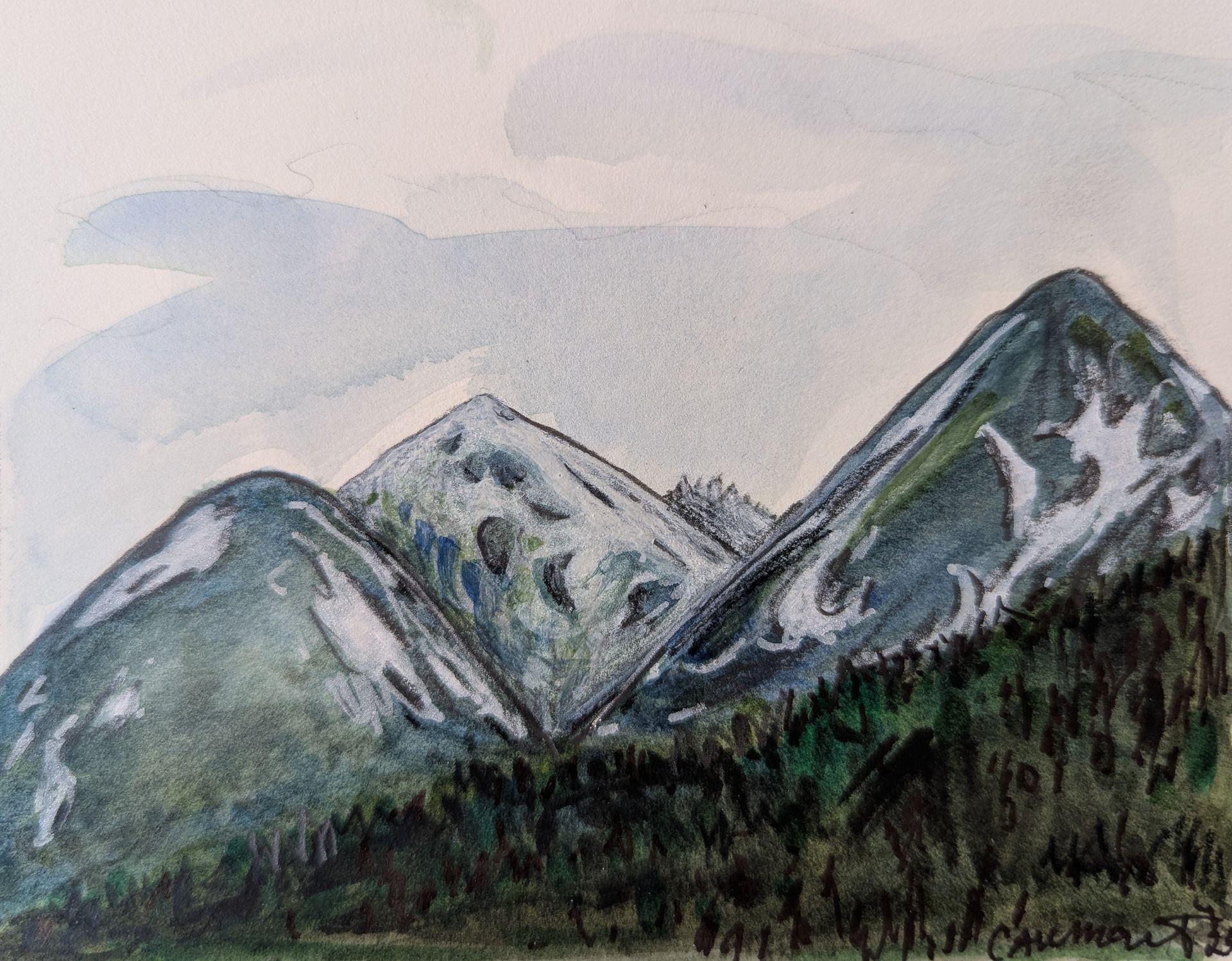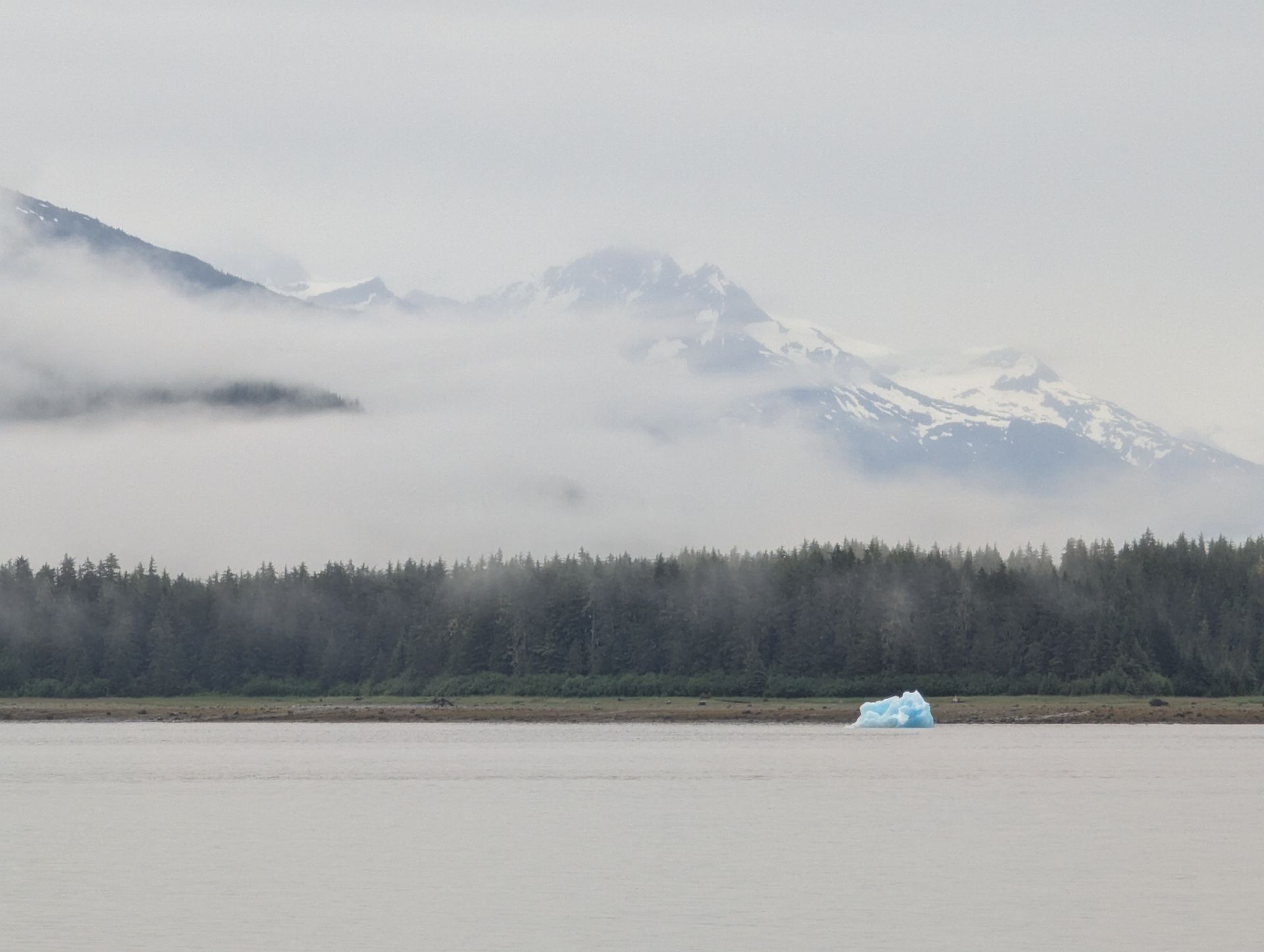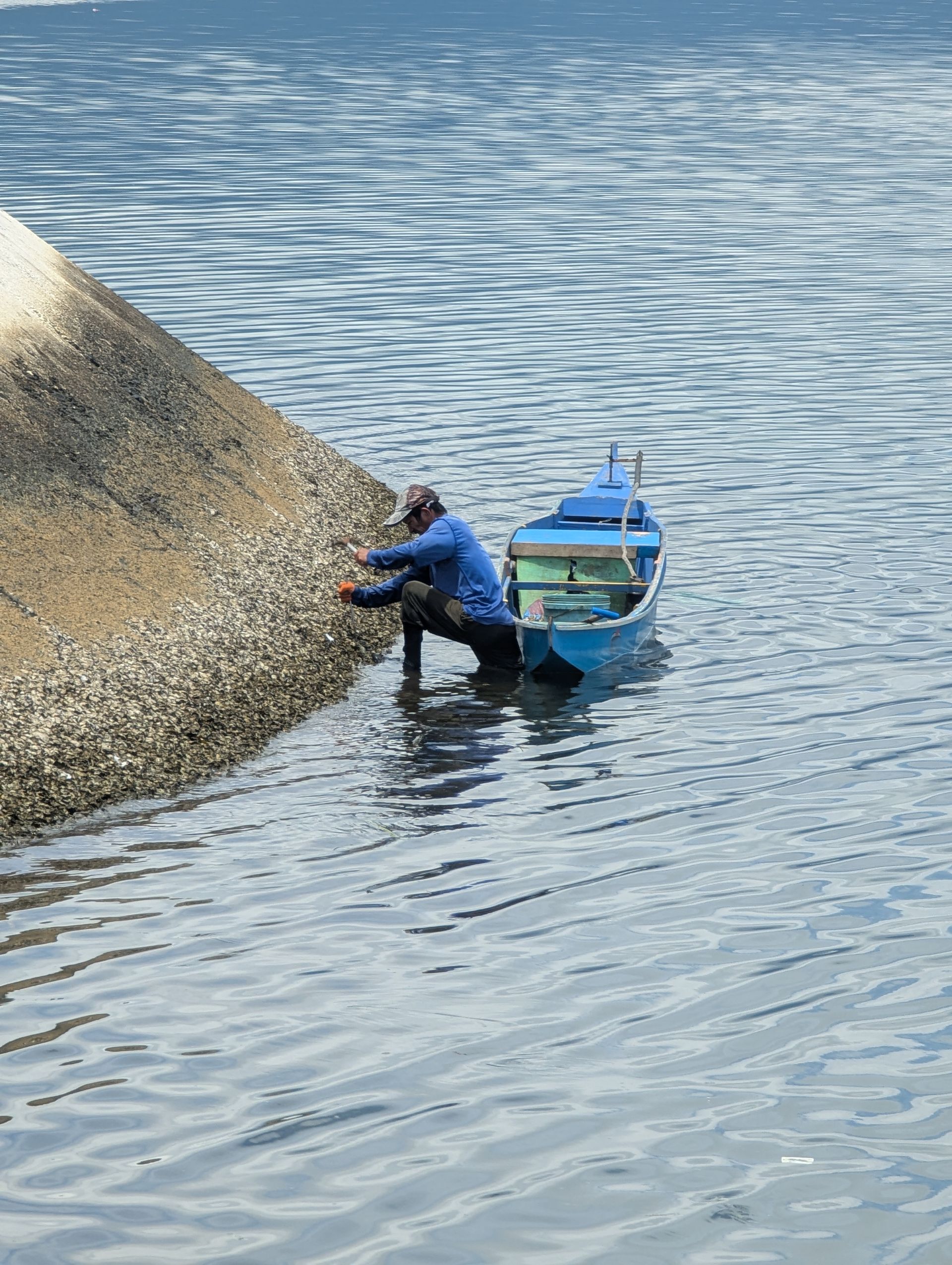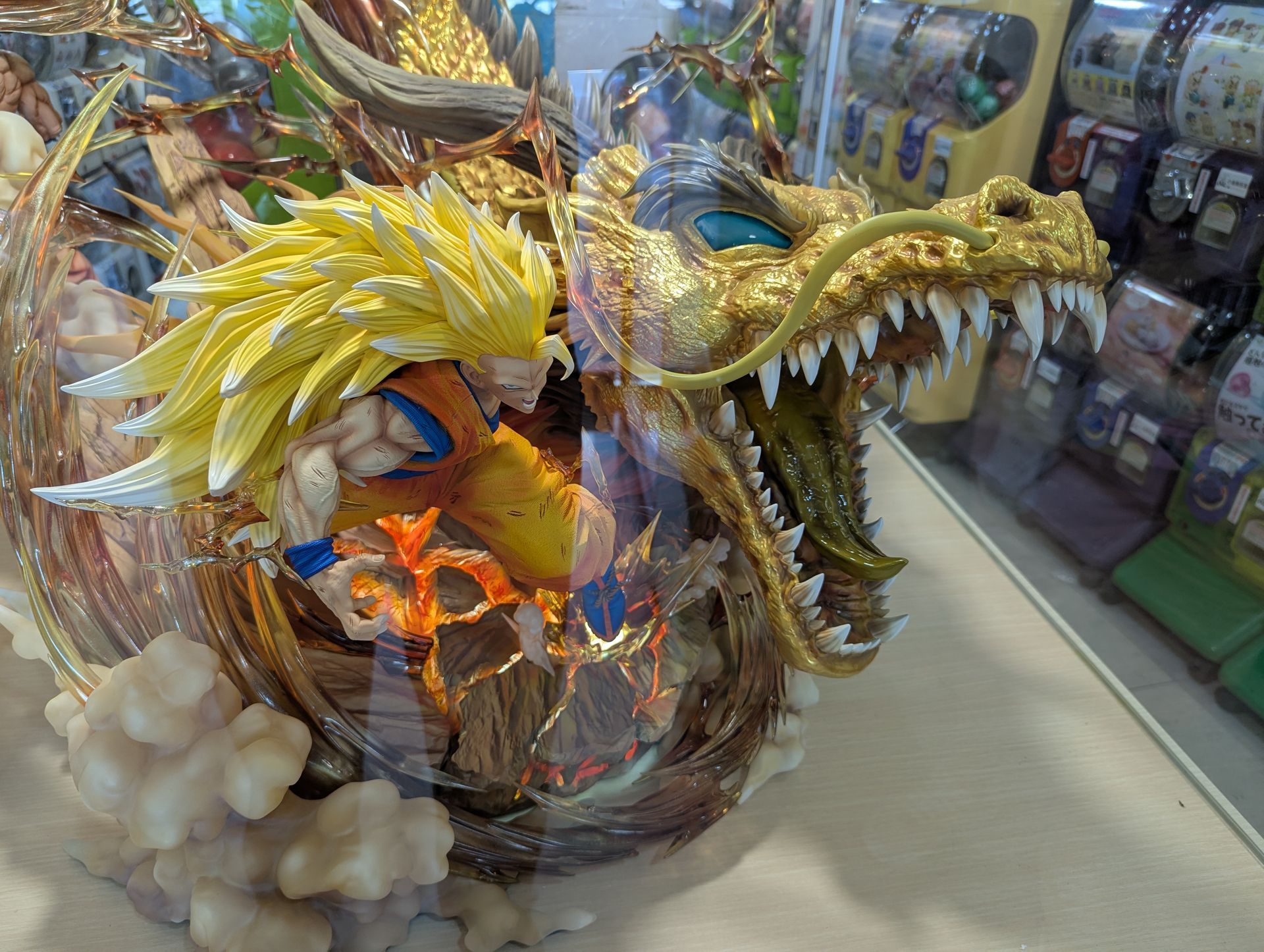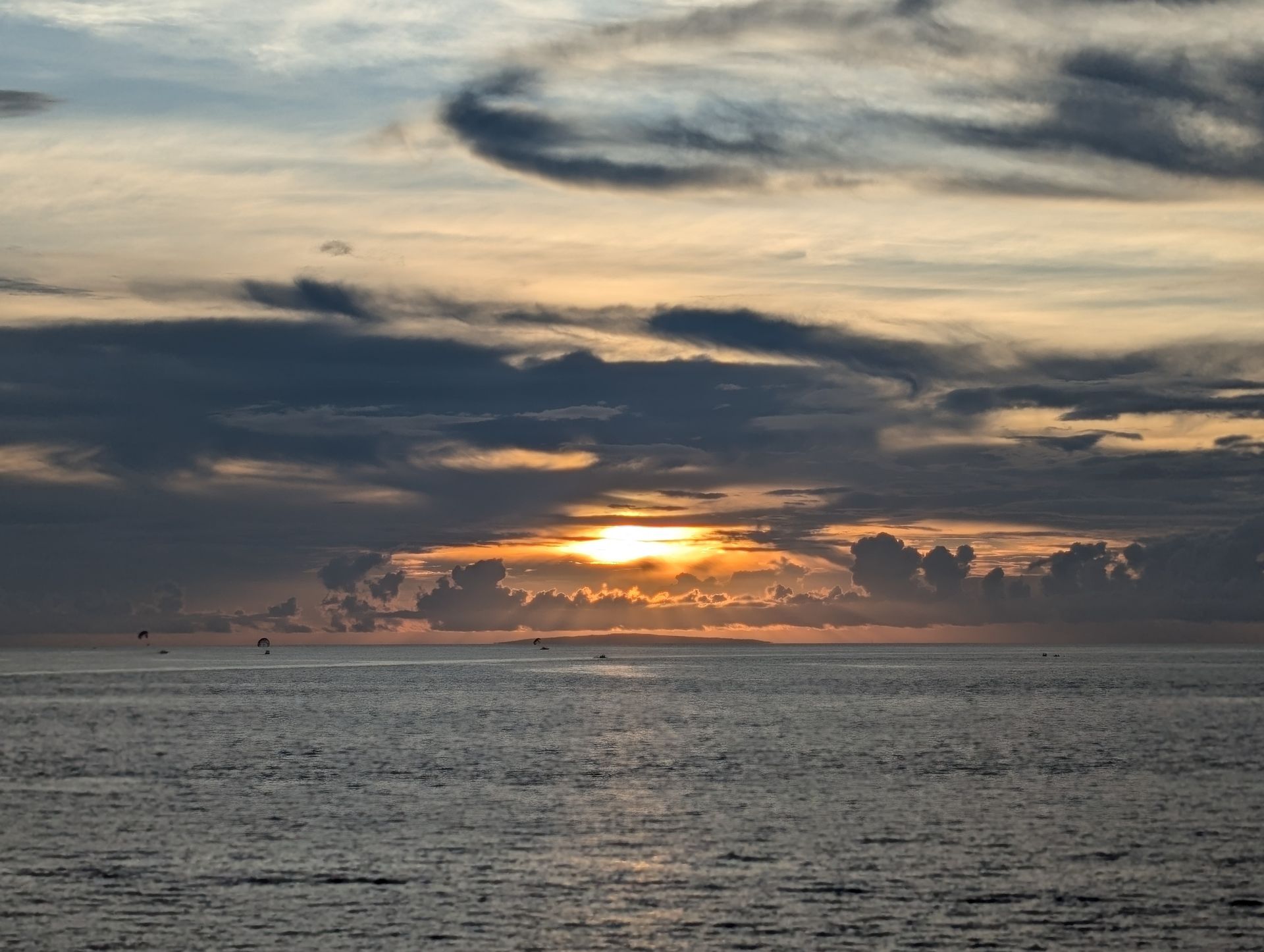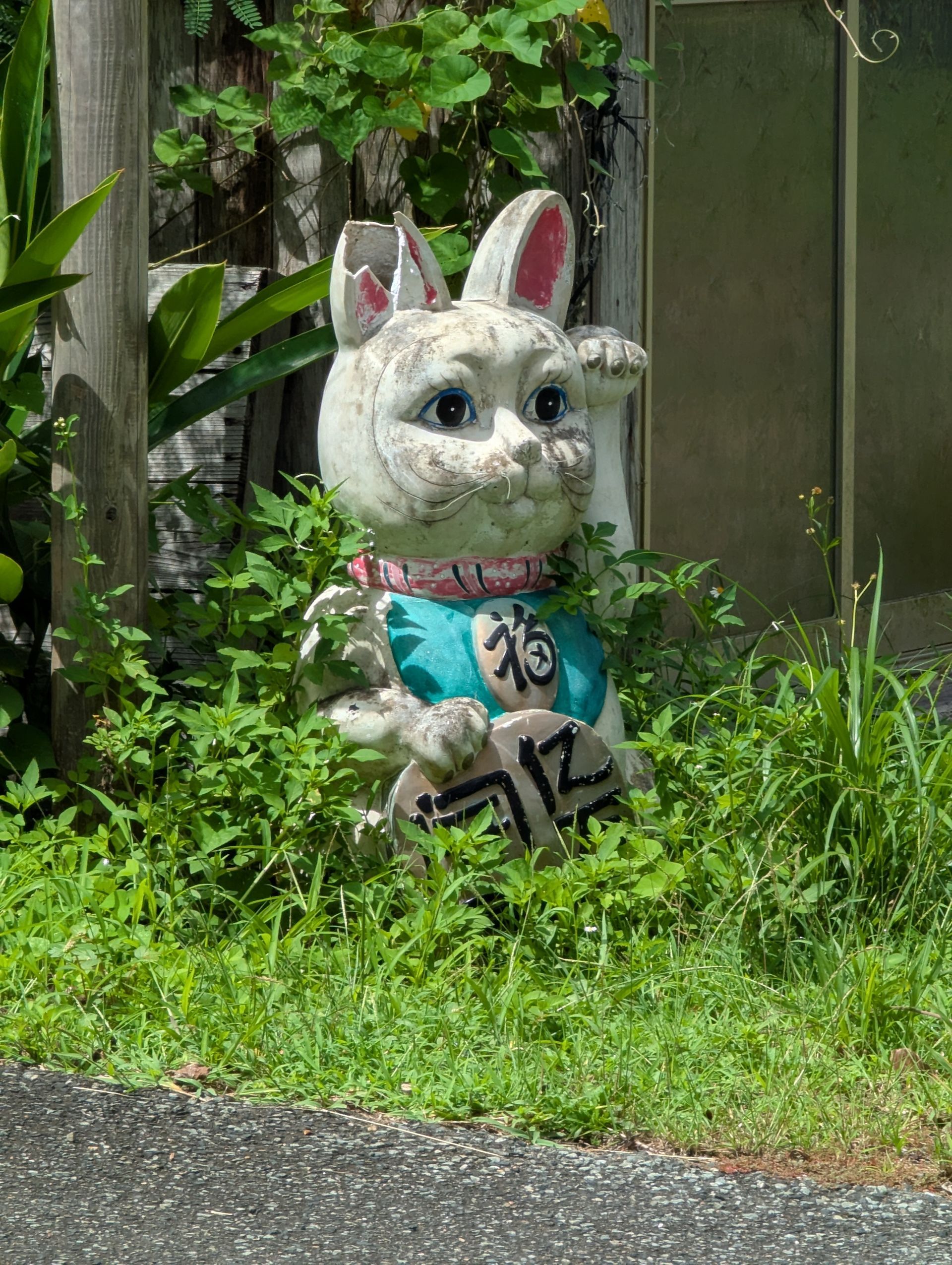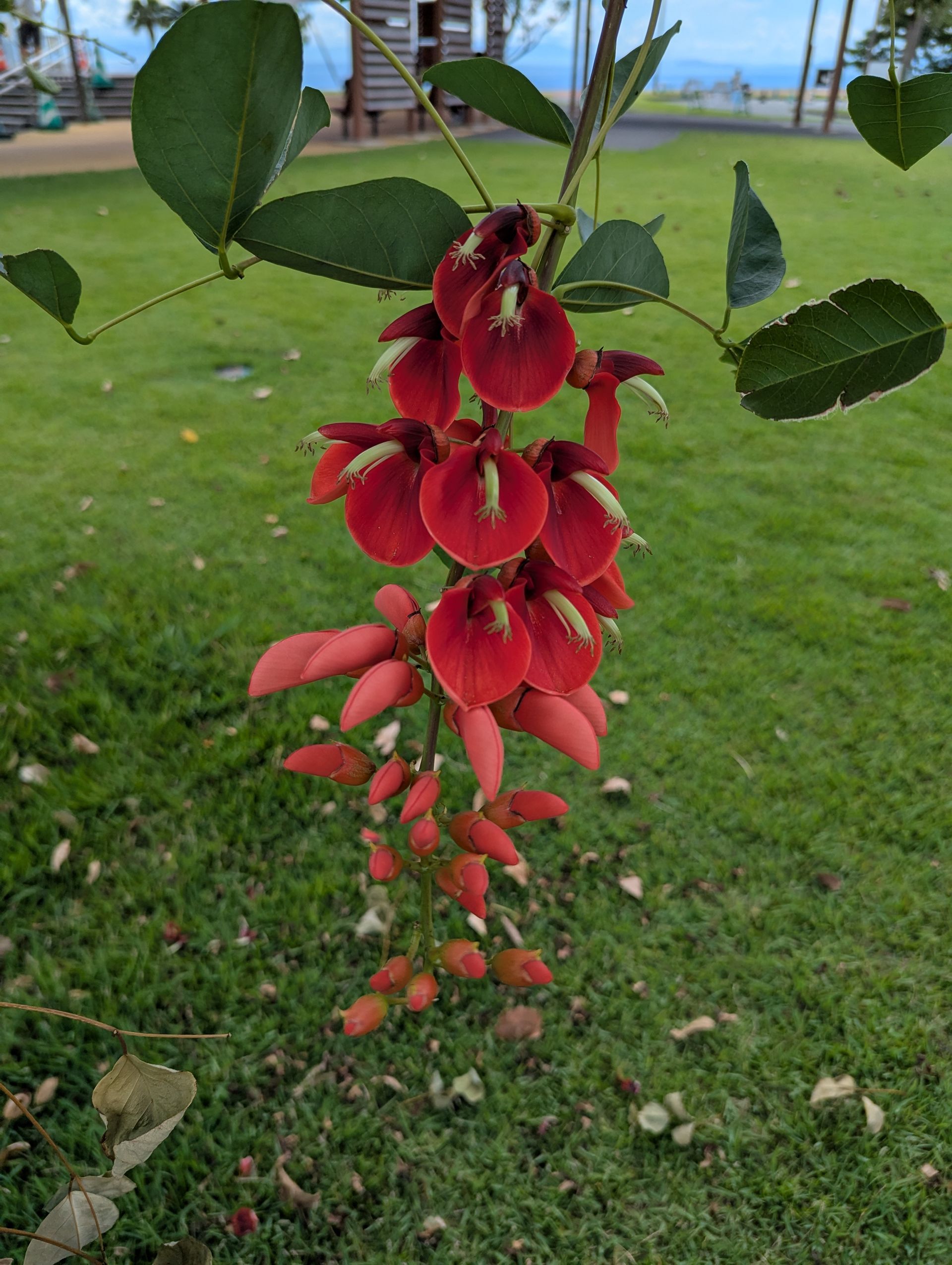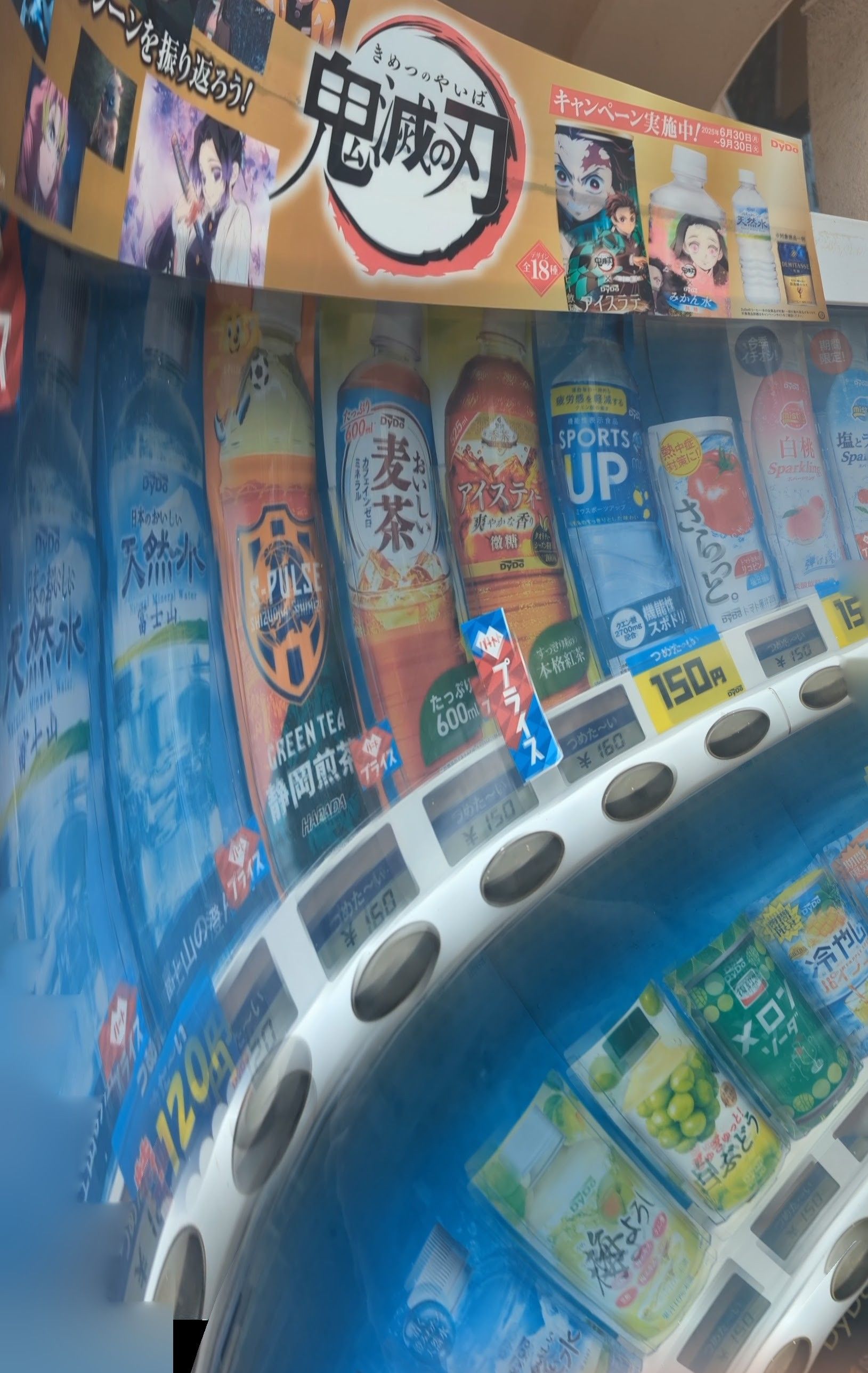Chapter Eighteen - Philippines
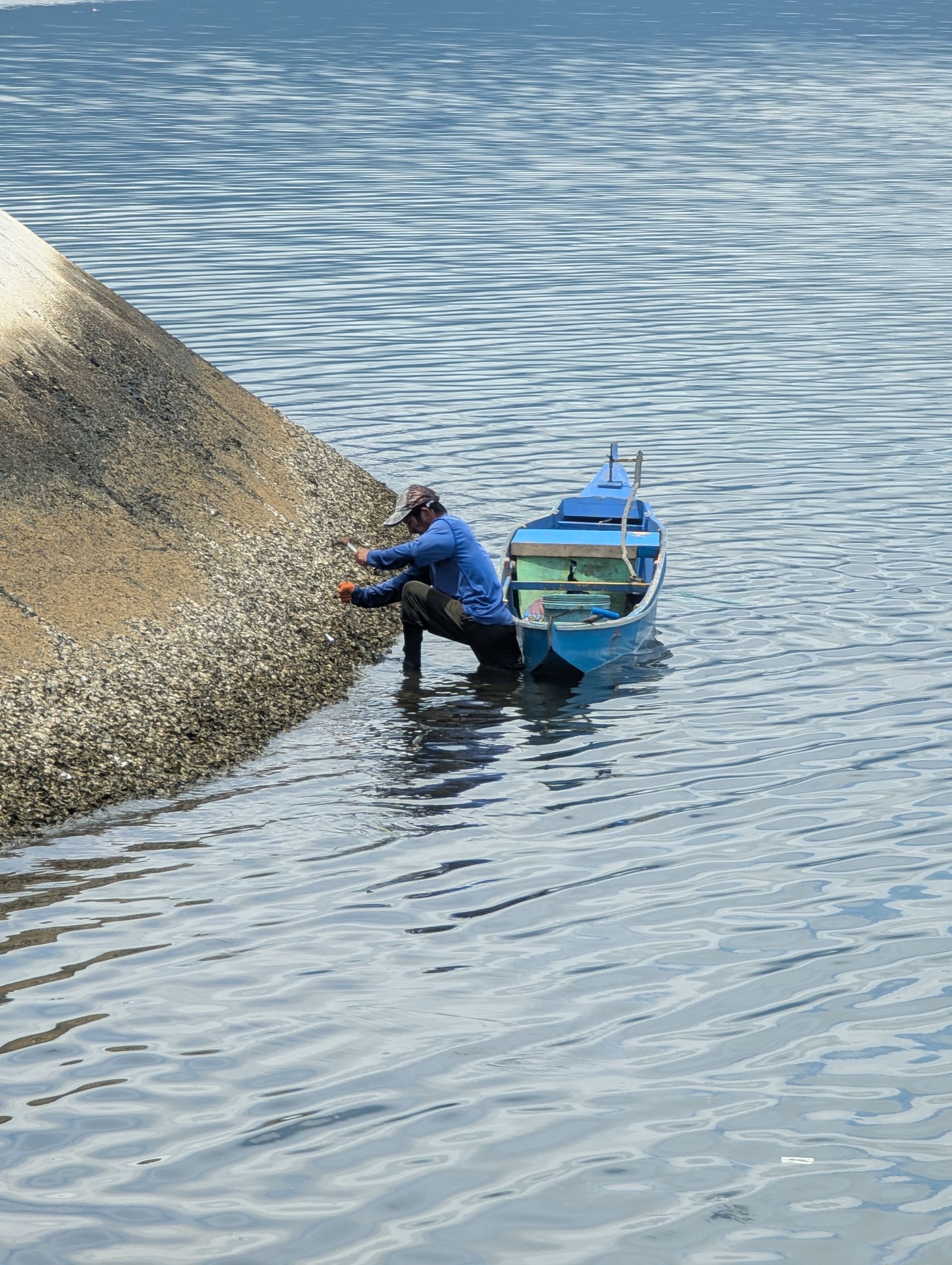
Philippines: Manila
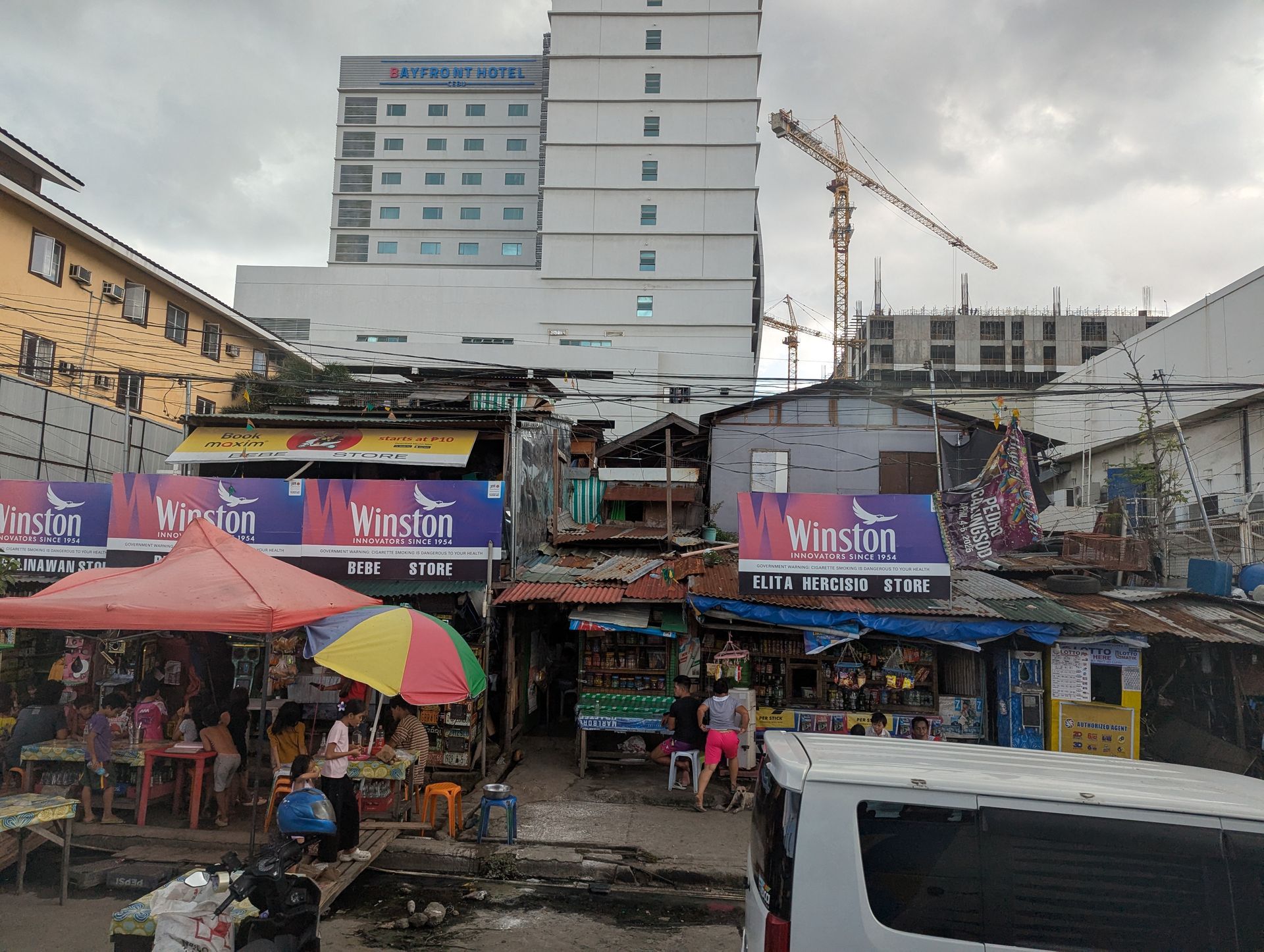
On our bus ride to the city, I see a cannon on the side of the road in front of a building. A remnant of the Spanish presence that lasted 300 years and they still call their money pesos. We are offloaded at a huge mall, where I spot a “Truth Beaker,” a modern electronic gadget. It is a very large round bird whose plaque at its feet says, “tell a lie into my beak and it becomes the truth.”
A mime for our times.
Christmas never ends here. Lights and signs are left in place, on the street and in the mall. Christmas songs are on the loudspeaker interspersed with pop music. The population is being kept in a constant state of commercial excitement. Malls are very important. We are told the largest one in the World is here in Manila. We visited it trying to find a post office to mail a package and some postcards.
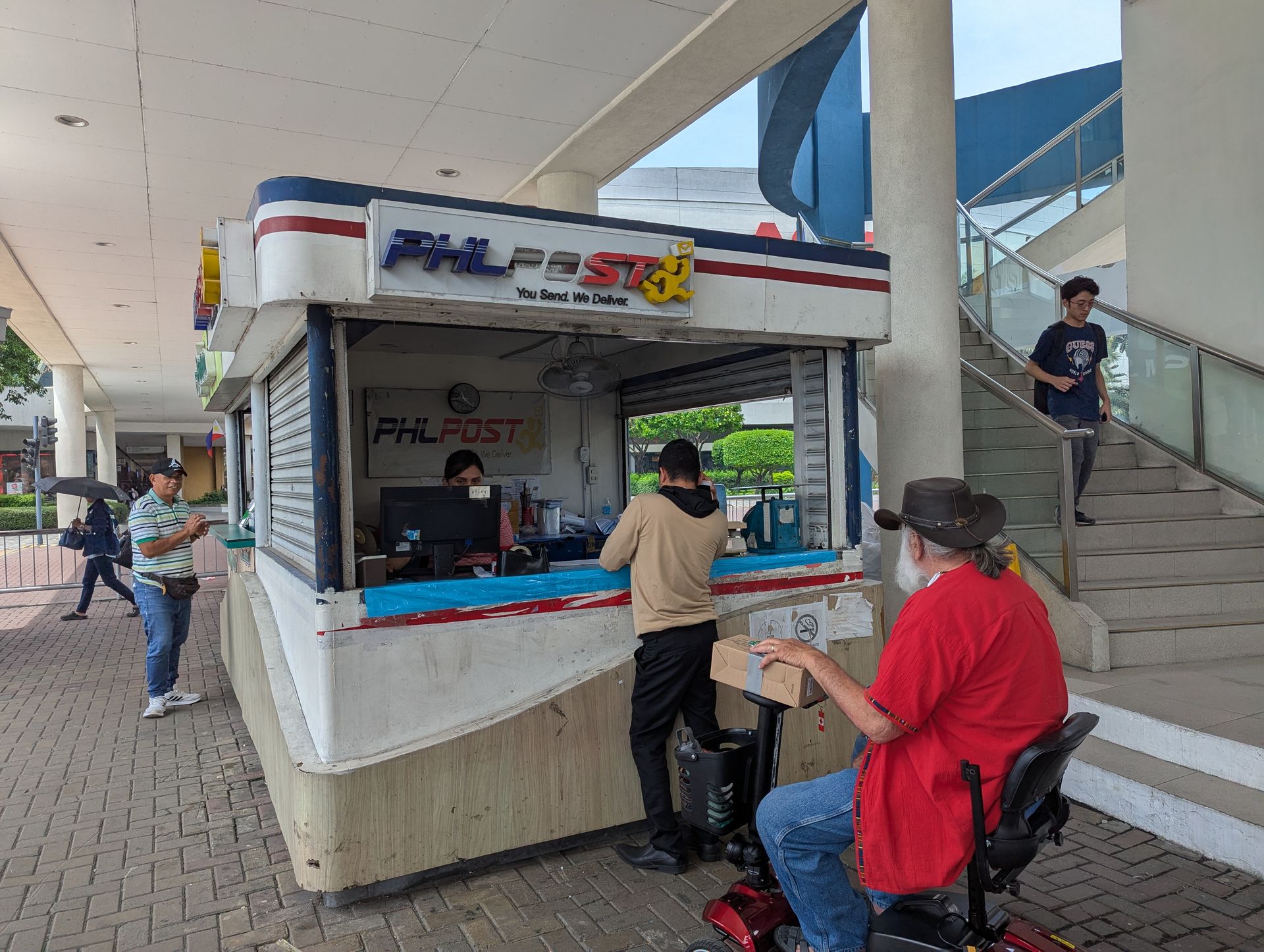
The immense Mall is a refuge in this huge city, surrounded by frantic activity, scooters, cars and poverty. A fantasy land where people can walk and look at the expensive clothes, shoes, jewelry, watches and handbags through tall glass windows and imagine, as they stroll. Imagine when they will be able to buy what they see and live like the people who can buy these things. Only to leave hours later with a sale item and an overpriced snack in their belly. They return another day with their children and teach them how to desire and imagine.
Manila is an armed city.
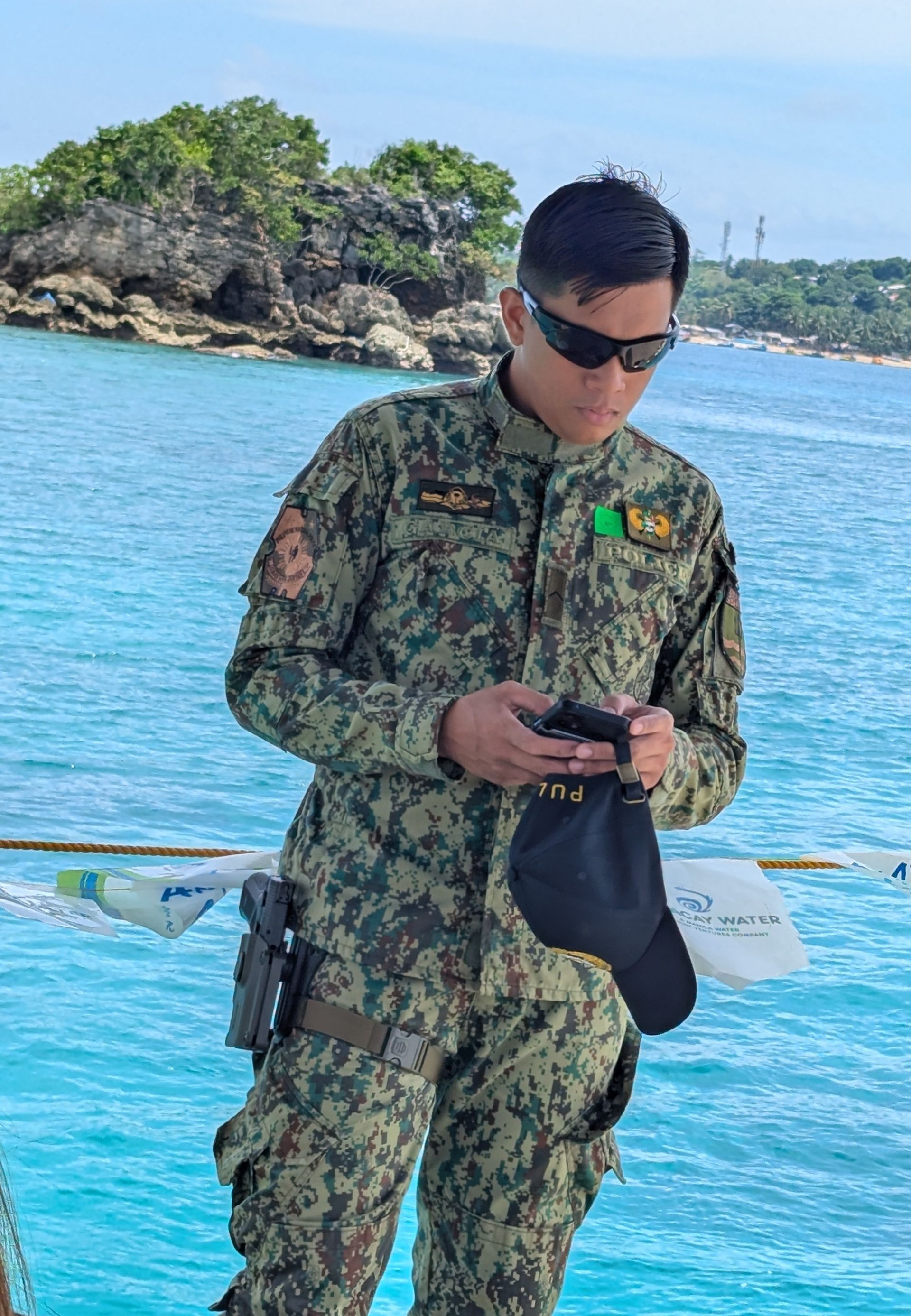
Everywhere there are armed guards and most of them have shot guns slung across their front. We ask our taxi driver who they are defending? He answers “Themselves.” They wear camouflage meant to hide them in a jungle environment. The people are kind, attractive and helpful, though confined by deteriorating infrastructure and poverty.
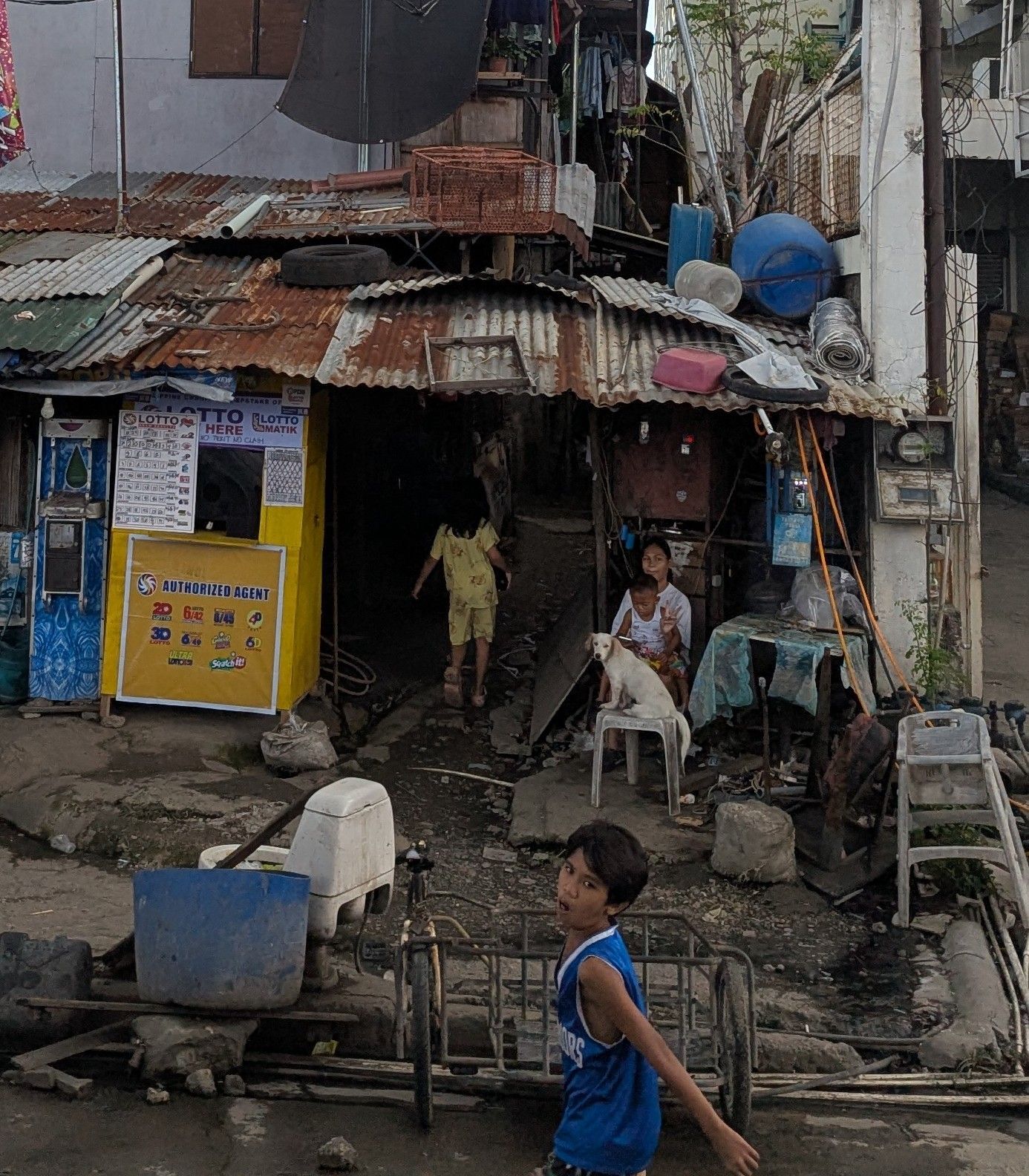
They go on with their lives in spite of the police state atmosphere. A man we spoke to said he has a gun at home and is ready to defend himself from the government if he has to. He hates what they are doing to his country.
Subic Bay was our first stop in the Philippines. We were fleeing typhoon Ragosa and took refuge in the lee of the island in order to dock at their protected port. It was raining heavily but the main forces of the storm had passed over and were headed to Hong Kong where it did major damage, having already crossed Taiwan leaving devastation. The Philippines were scraped and drowned also, its waters surfacing eddies of runoff and large debris. Ragosa was pronounced the worst on Earth so far this season.
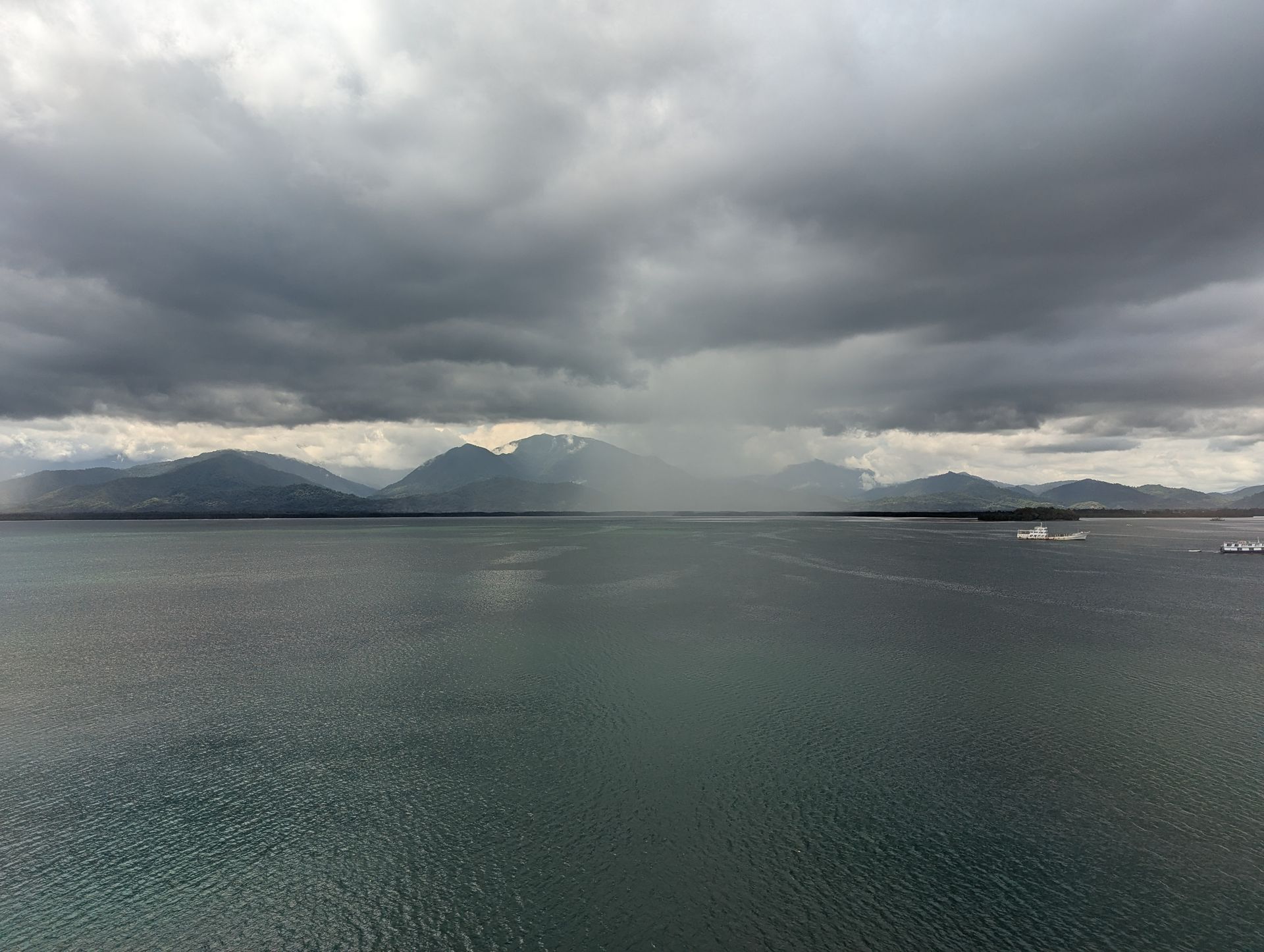
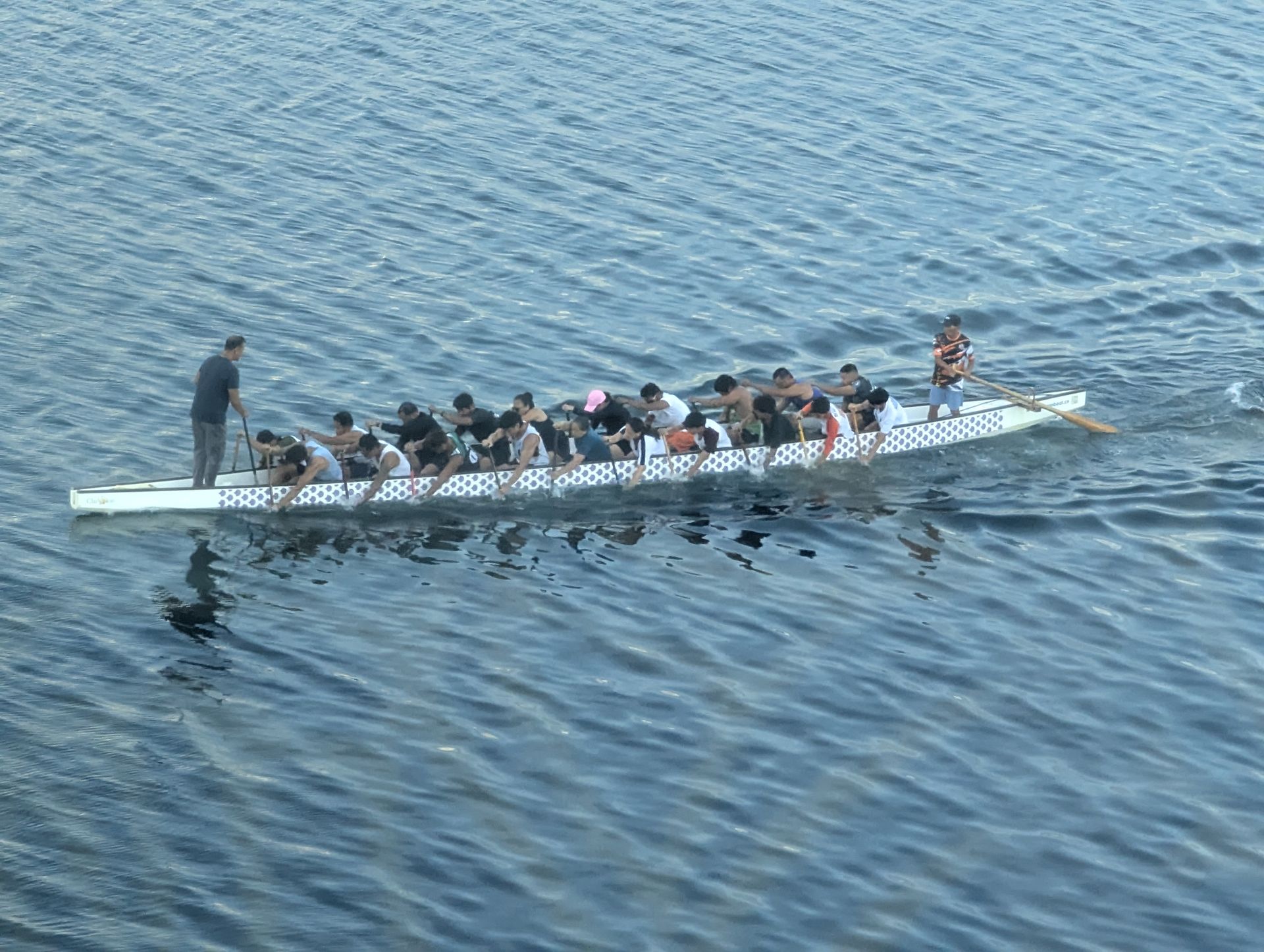
Boracay Island.
Like a beautiful young woman who received too much attention too young for her looks, this once pristine island has been transformed to please a larger and larger audience. The result is exhaustion and depletion of the original. They are attempting to help the island recover some of its special qualities, white sand beaches, snorkeling; but the resorts are here, the tourists are here and the Seven Eleven has closed the small makeshift cafes and shops.
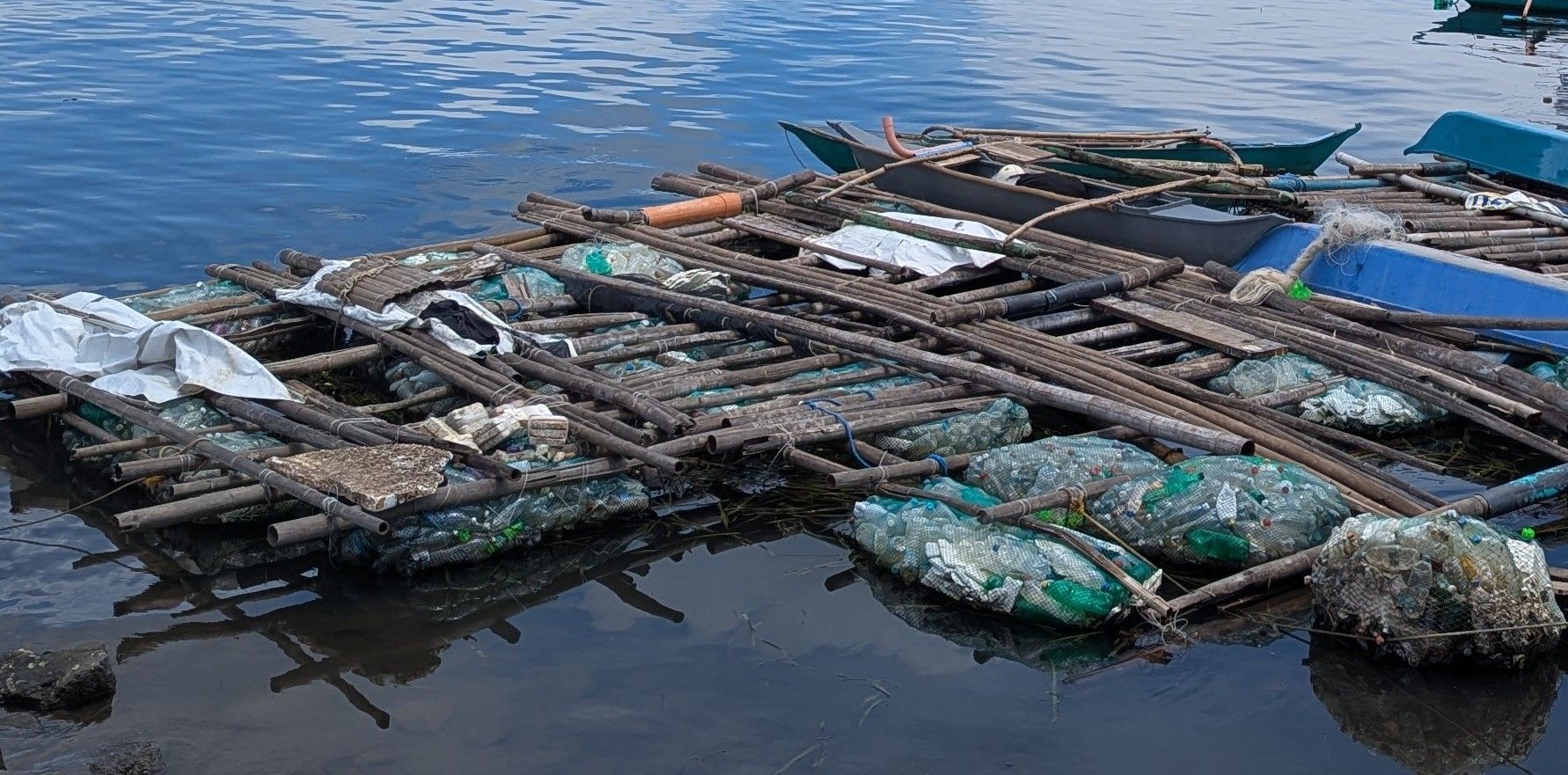
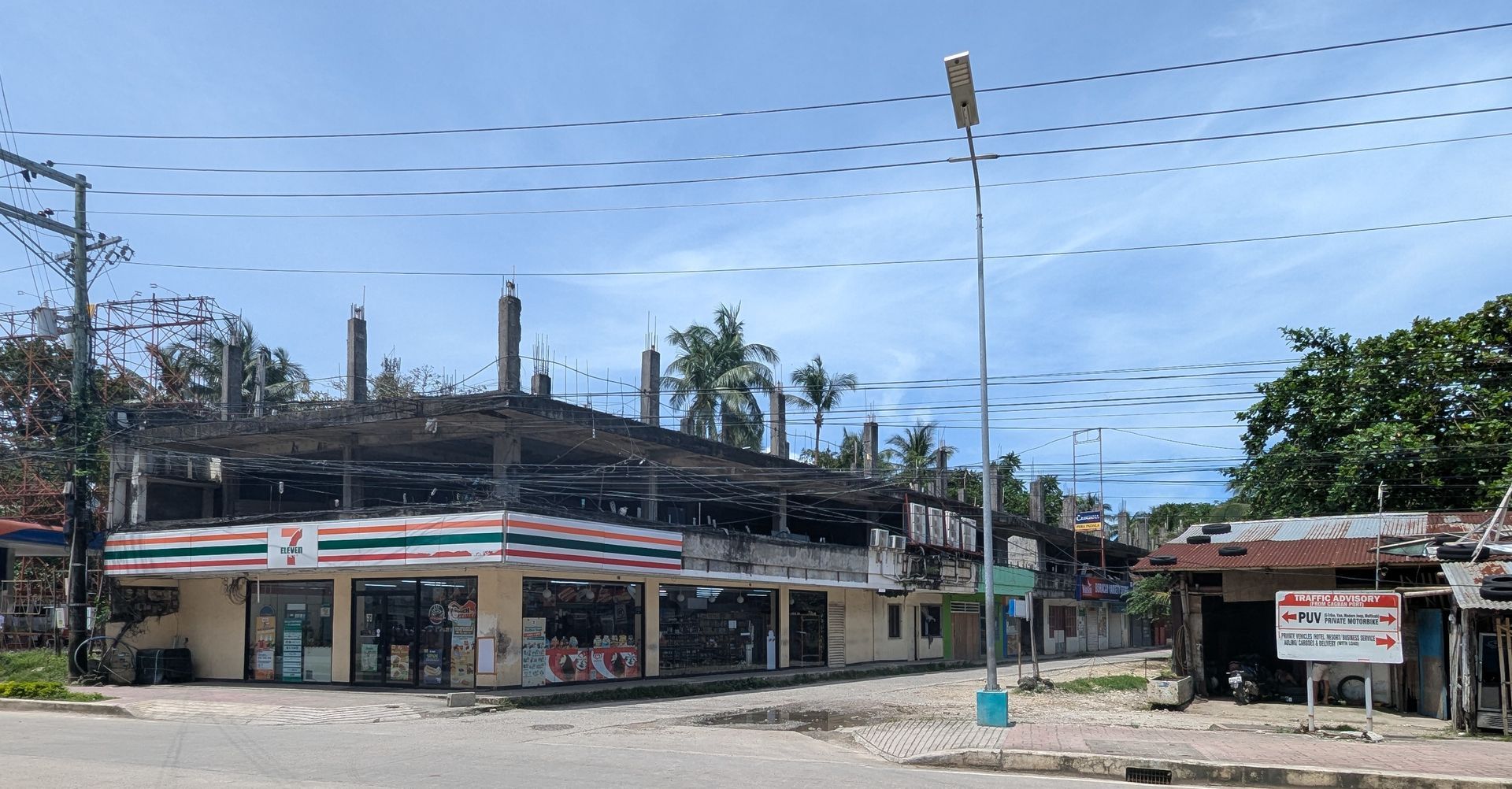
Income from the resorts does not significantly return to the local people. A local school has closed. Posters of the students who excelled are slowly peeling from the locked gates.
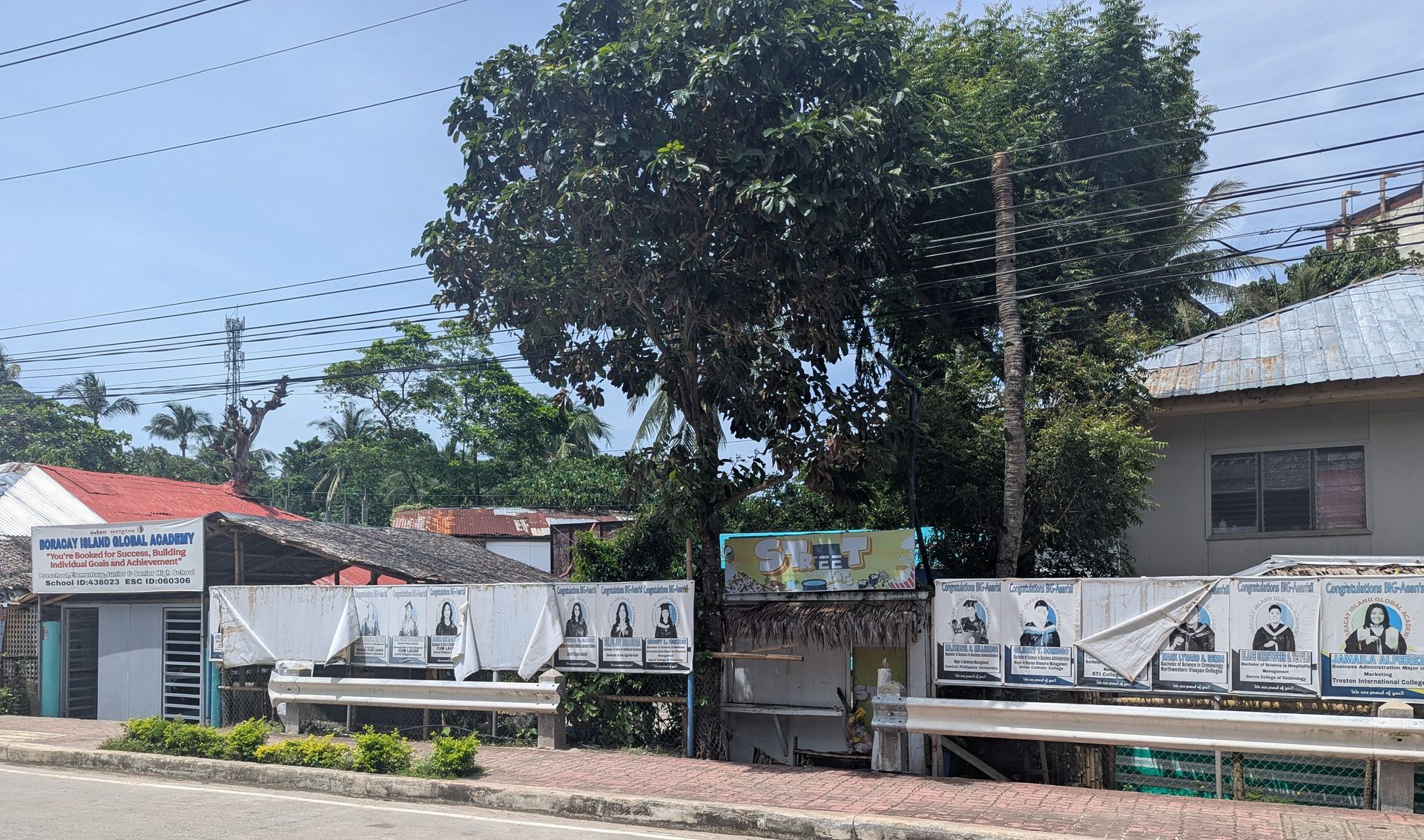
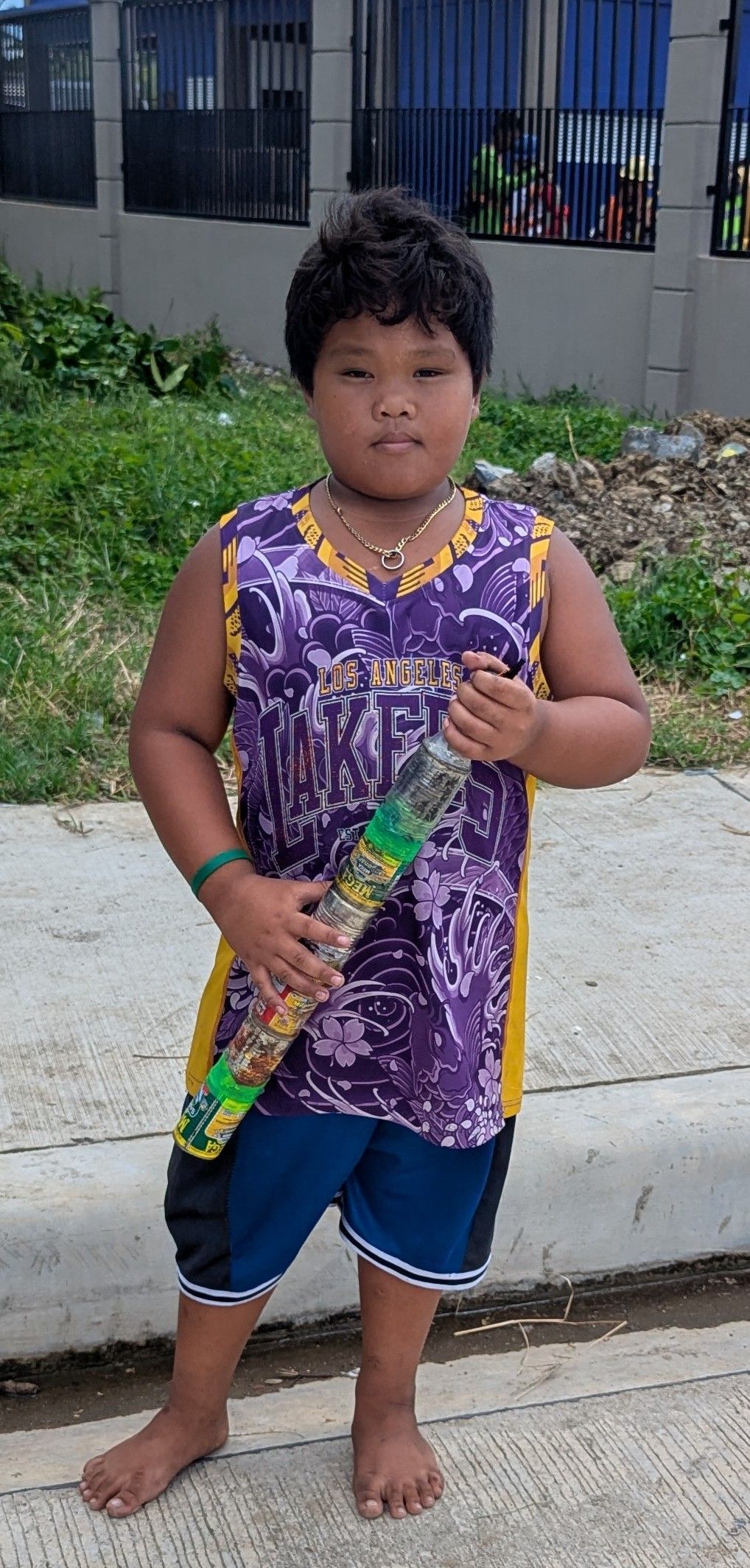
It feels like the tourist industry would rather not have a local population. We spoke to an elderly woman who has lived here all her life. She was selling cold orange aid to anyone who would buy it, from a wooden table. She was very proud that two of her 5 children are going to college to study hospitality. This is a way out, but can they come back to their home island and thrive?
Since we have been visiting Asian countries I have noticed that boats are of a similar design. Colored with variations of spring green and dark yellow or orange, their prows uplifted and sharp, outriggers attached for balance.
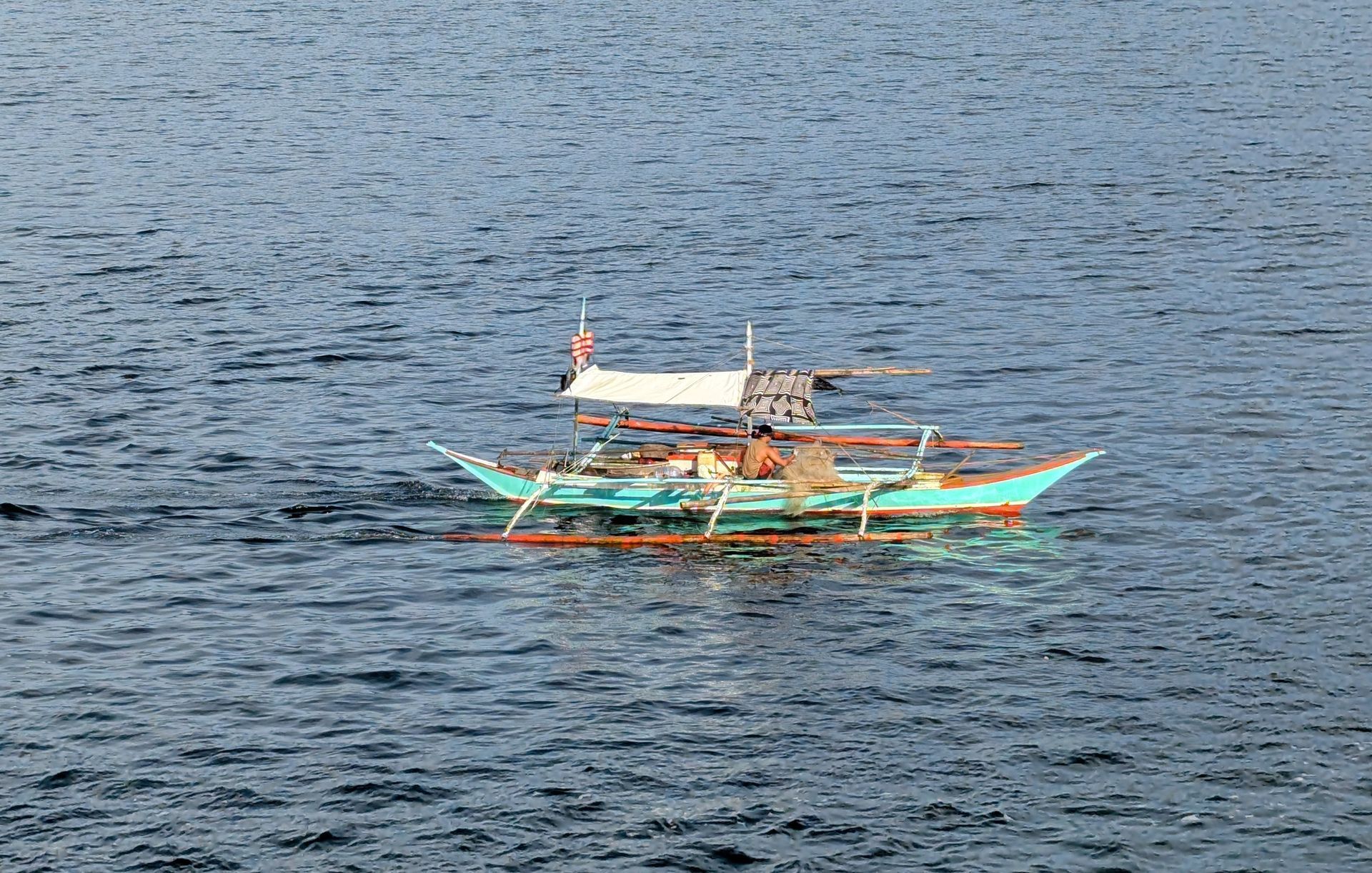
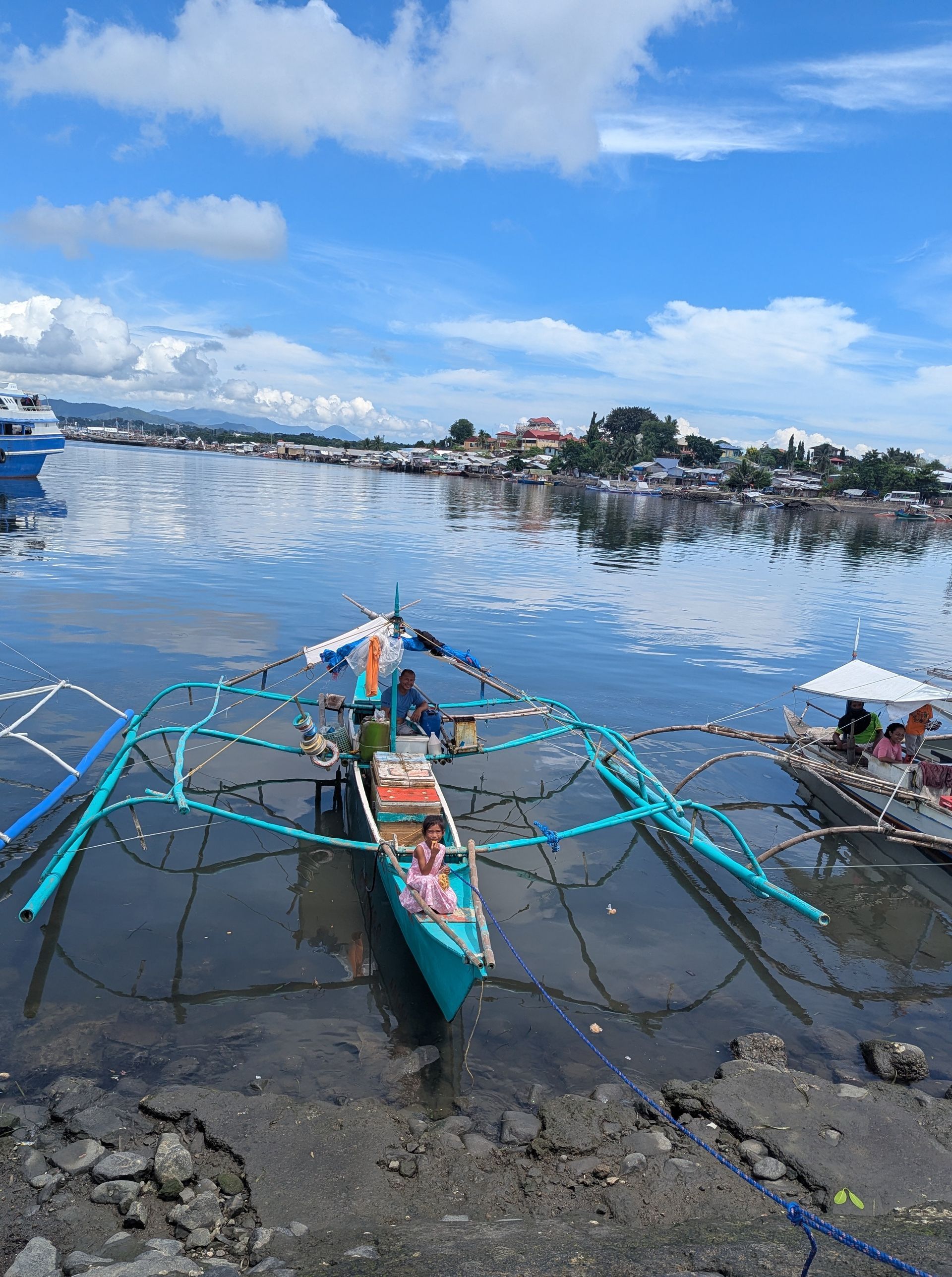
As a coconut passes in the turquoise water bobbing in its rings of silver, I suddenly notice a group of youngsters. In spite of poverty and their deteriorating environment children find fun and are irrepressible in their desire to play. I watch as a group of young boys swim out enthusiastically to an approaching tour boat, their skinny arms flailing in competition. They climb onto its outriggers even before it reaches shore, leap from them, shouting and laughing, over and over, delighting in their youth and energy.
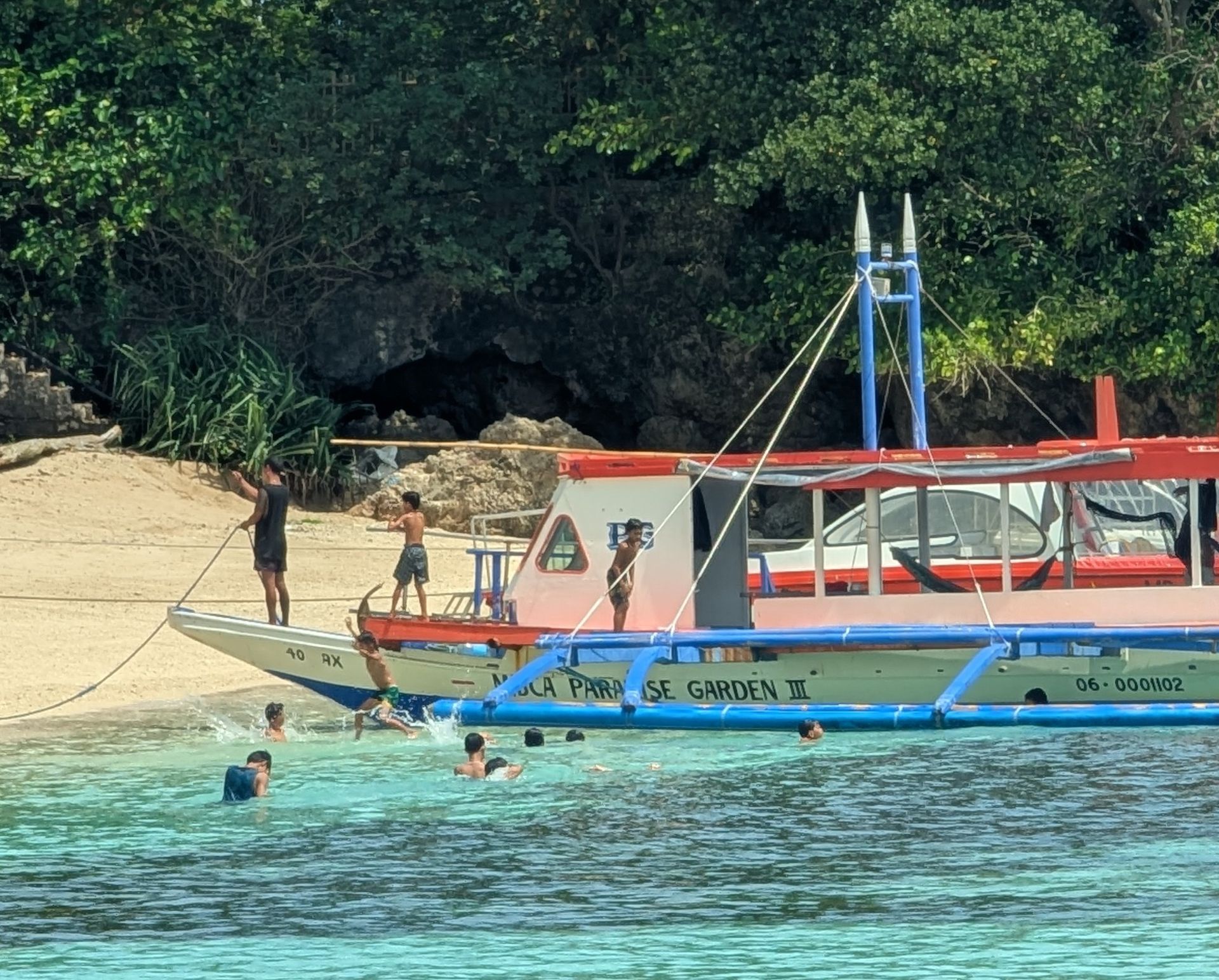
One of the options for hospitality graduates is cruise ships. I drew portraits of two young women who worked on our ship. Heida was our steward, she cleaned our room and did our laundry twice a week. The other was Jeanella, she was a waitress in the dining rooms. Jeff interviewed them about what they are going to do when they go home. Both of them left the boat in Manilla and are citizens of the Philippines. Heidi, a beautiful, gentle person whose presence we will miss, is going home to help her family with their pig farm.
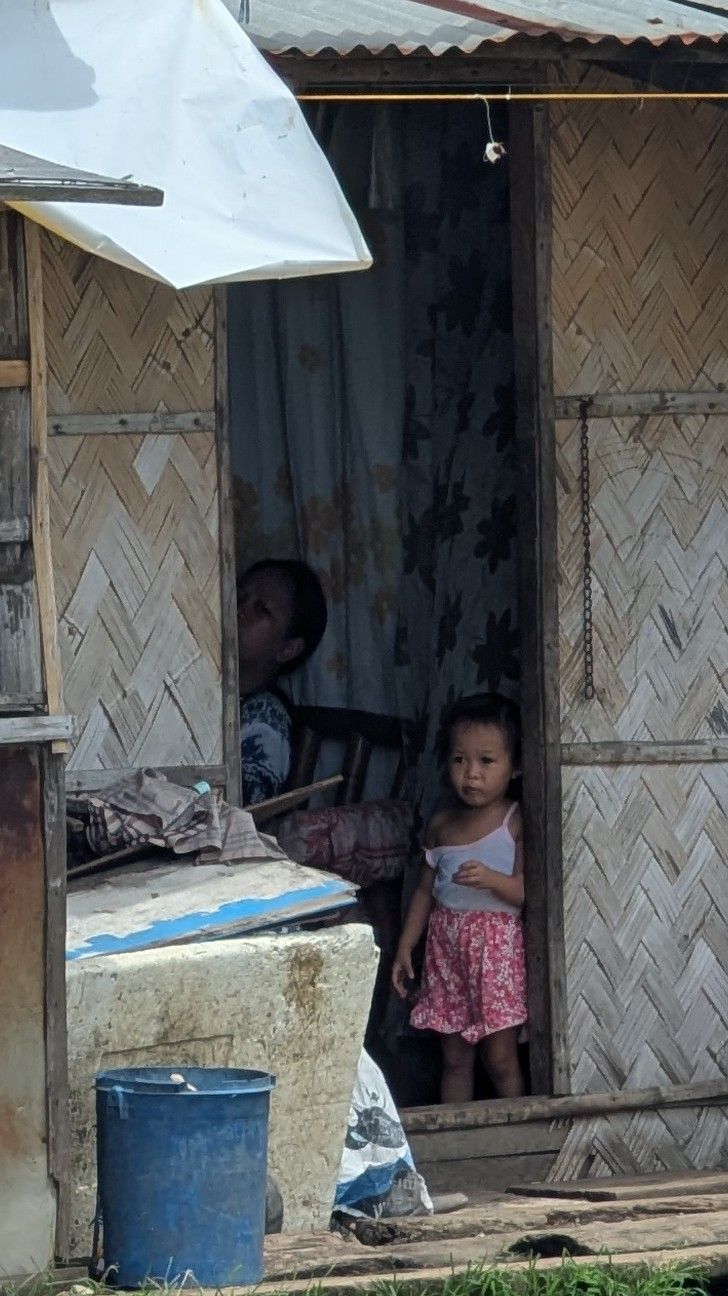
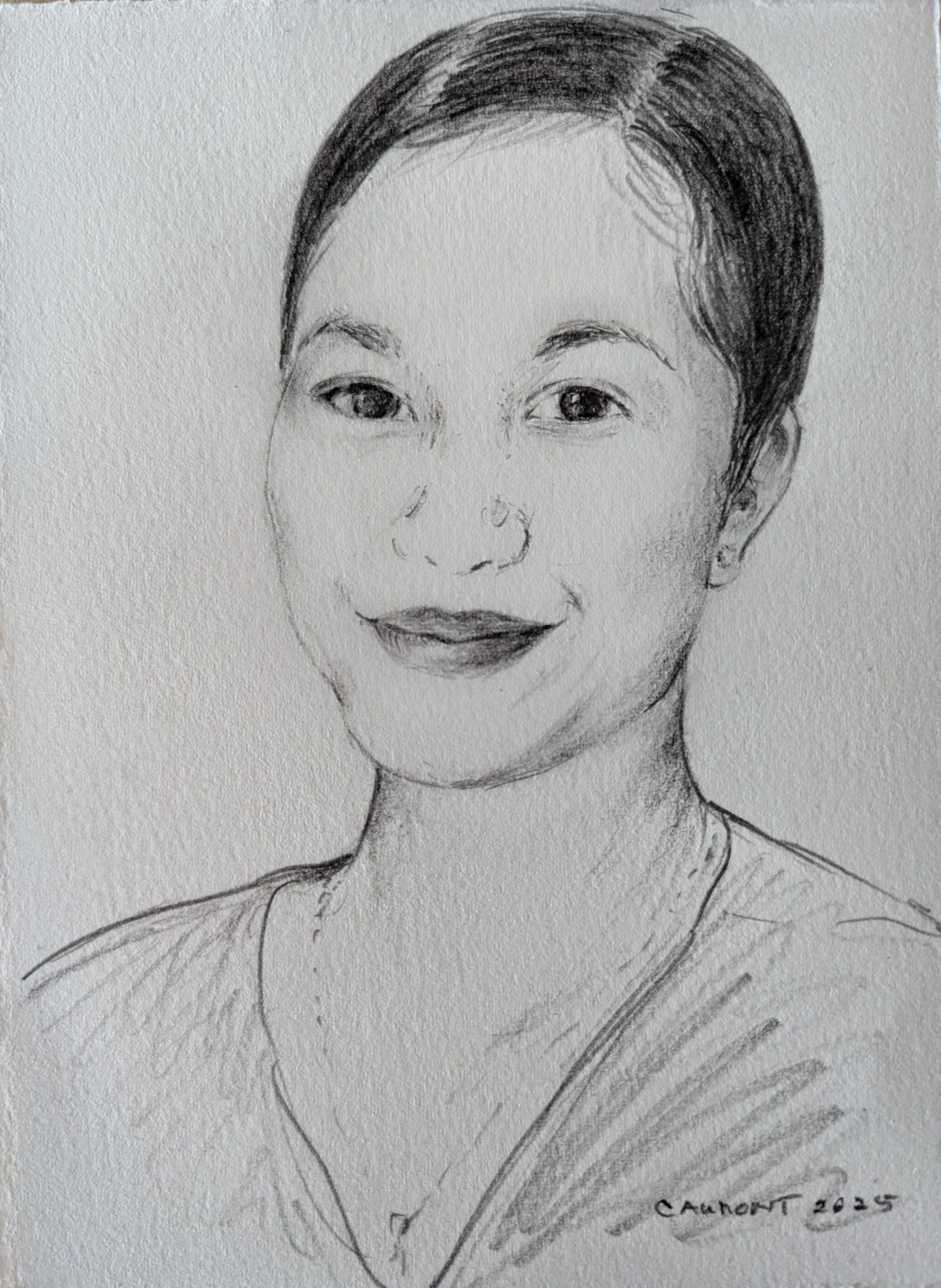
Both she and her husband were onboard working and have no children. She hopes to have some eventually. It is too expensive for them right now. Jeanella is sweet and lively, she wants to go home and catch up on her sleep.
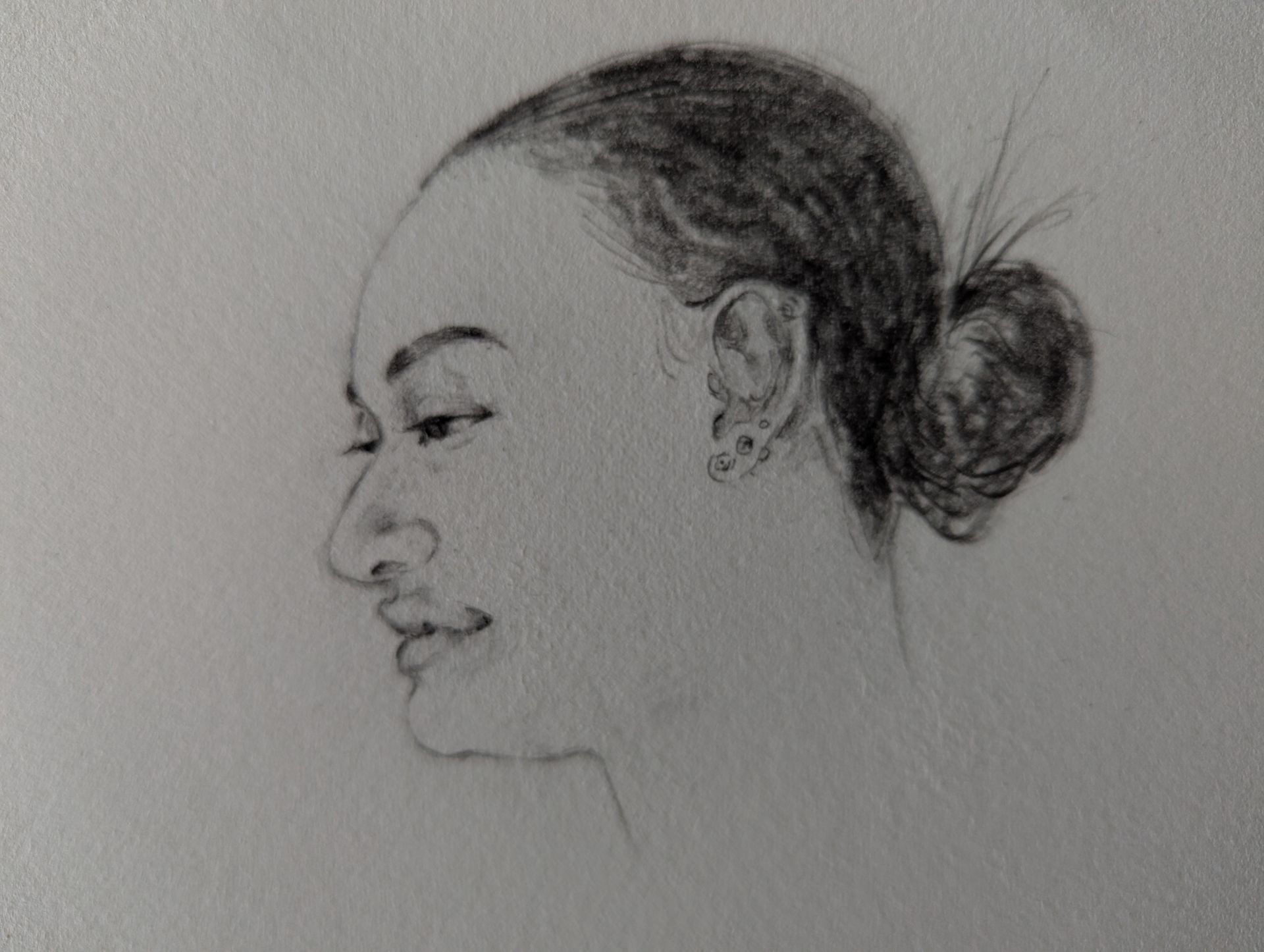
After that she will reconnect with her relatives. She has a large family on her father's side. He has eight siblings. It is generally understood that anyone working hospitality onboard is helping to support extended family at home. Heidi Lisa and Jeanella have both been onboard for 9 months.
